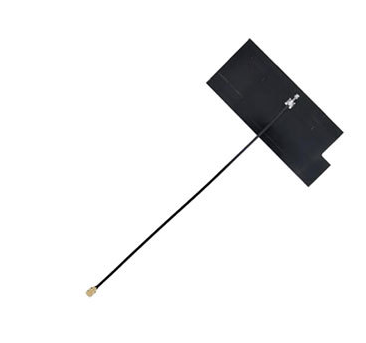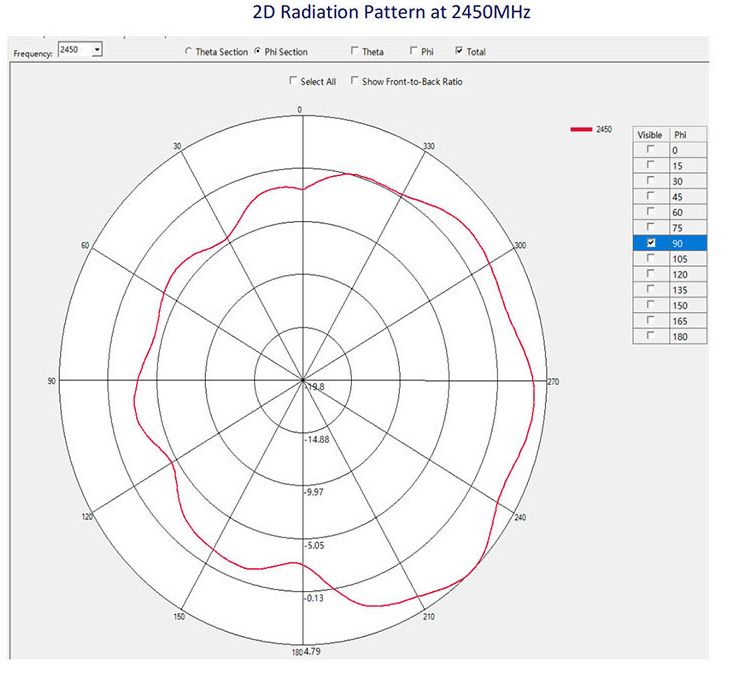How to Design a Bluetooth Antenna PCB
How to Design a Bluetooth Antenna PCB
When designing a Bluetooth antenna PCB, there are several key considerations that you need to keep in mind. In this article, we will provide detailed guidance on how to create an effective Bluetooth antenna PCB.

1. Determine the Antenna Type
Firstly, it is important to determine the type of antenna you need. There are several types to choose from, including planar inverted-F antennas (PIFAs), meandered inverted-F antennas (MIFAs), and printed monopoles. The most common option for a Bluetooth antenna is a PIFA or MIFA since it is compact and easy to integrate into a smartphone or other portable device.
2. Choose the Substrate Material
The substrate material is critical in determining the performance of the Bluetooth antenna. Ideally, the material should have a low dielectric constant, low loss tangent, and high conductivity. The most commonly used substrate materials are FR-4, Rogers, and Duroid.
3. Determine the Antenna Dimensions
Once you have chosen the antenna type and substrate material, you will need to determine the dimensions of the antenna. This will depend on the frequency range of the Bluetooth signal that you are designing for. For instance, a PIFA for a 2.4 GHz Bluetooth signal would typically have a length of around 31 mm, while a MIFA would have a length of around 28 mm.

4. Add a Ground Plane
To improve the performance of the Bluetooth antenna, it is recommended to add a ground plane. This not only provides a reference plane for the antenna, but also minimizes the impact of other electronic components on the antenna's operation.
5. Incorporate a Matching Circuit
To ensure that the Bluetooth antenna is properly matched to the transmitter or receiver, a matching circuit is typically required. This circuit will adjust the impedance of the antenna to match that of the transmitter or receiver.
6. Place and Route the Components
After completing the above steps, you will need to place and route the components on the PCB. It is important to ensure that the components are placed as close as possible to the antenna to minimize any signal losses.
7. Testing and Optimization
Finally, it is important to test the Bluetooth antenna PCB for performance and optimize it as required. This can be done using a network analyzer to measure the antenna's return loss and gain.
Conclusion
Designing a Bluetooth antenna PCB requires careful consideration of several key factors. By choosing the right type of antenna, substrate material, and dimensions, while incorporating a matching circuit and ground plane, you can create an effective Bluetooth antenna that provides optimal performance.





